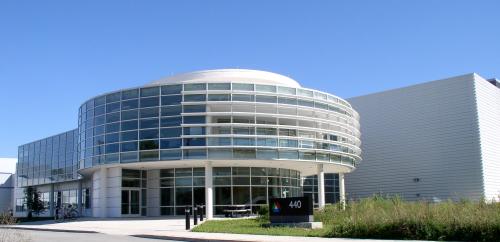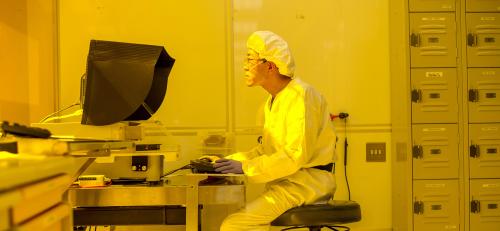A new report, “Hidden in plain sight: The oversized impact of downtown universities,” compares the commercial outcomes of downtown research universities to their peers located in the suburbs or rural areas. On a per-student basis, “downtown” universities outperform in licensing deals, number of inventions, licensing revenue, and startup creation according to the latest report published by the Anne T. and Robert M. Bass Initiative on Innovation and Placemaking at the Brookings Institution.
The knowledge economy is driven by the strategic interplay between universities, firms, entrepreneurs, research labs, and independent inventors who draw strength from each other in virtuous cycles of innovation. Research shows that these interactions are most productive when they occur in geographically dense clusters. Innovation districts—employment hubs in the cores of cities that co-locate research, entrepreneurs, housing, and mixed-use amenities—are perhaps the most recent and tangible example of innovation clusters.
Economic theory suggests that universities located in the downtowns of cities should have greater commercial success than other universities because they can take advantage of “factor markets,” local ecosystems that make available numerous means of production. Yet few studies have analyzed this subject, until now.
This report compares the commercial outcomes of research universities located within employment-dense neighborhoods (e.g., midtowns and downtowns) in the 100 largest cities to the average research university. It finds that, compared to their peers located in the suburbs or rural areas on a per-student basis, “downtown” universities:
- Produce 80 percent more licensing deals.
- Disclose 123 percent more inventions.
- Receive 222 percent more income from licensing agreements.
- Create 71 percent more startups.
The top five ranked institutions in the report are as follows:
- Rockefeller University
- Massachusetts Institute of Technology
- Columbia University
- University of Pennsylvania
- Carnegie Mellon University
In addition, the paper finds downtown universities:
- Invest $22,044 per student on research and development annually compared to $12,633 among their peers.
- Specialize in the STEM (science, technology, engineering, and math) fields and less in the social sciences and the arts.
- Receive a greater share of funding from nonprofits than their peers but a smaller share from the private sector and state and local government.
The paper concludes with recommendations for urban universities, schools located outside of cities, and public and civic leaders.
.@Scott_Andes shows how downtown research universities punch above their weight in commercial outcomes: https://t.co/i4jour2WVS pic.twitter.com/7tH6yAJLVX
— The Brookings Institution (@BrookingsInst) October 10, 2017







